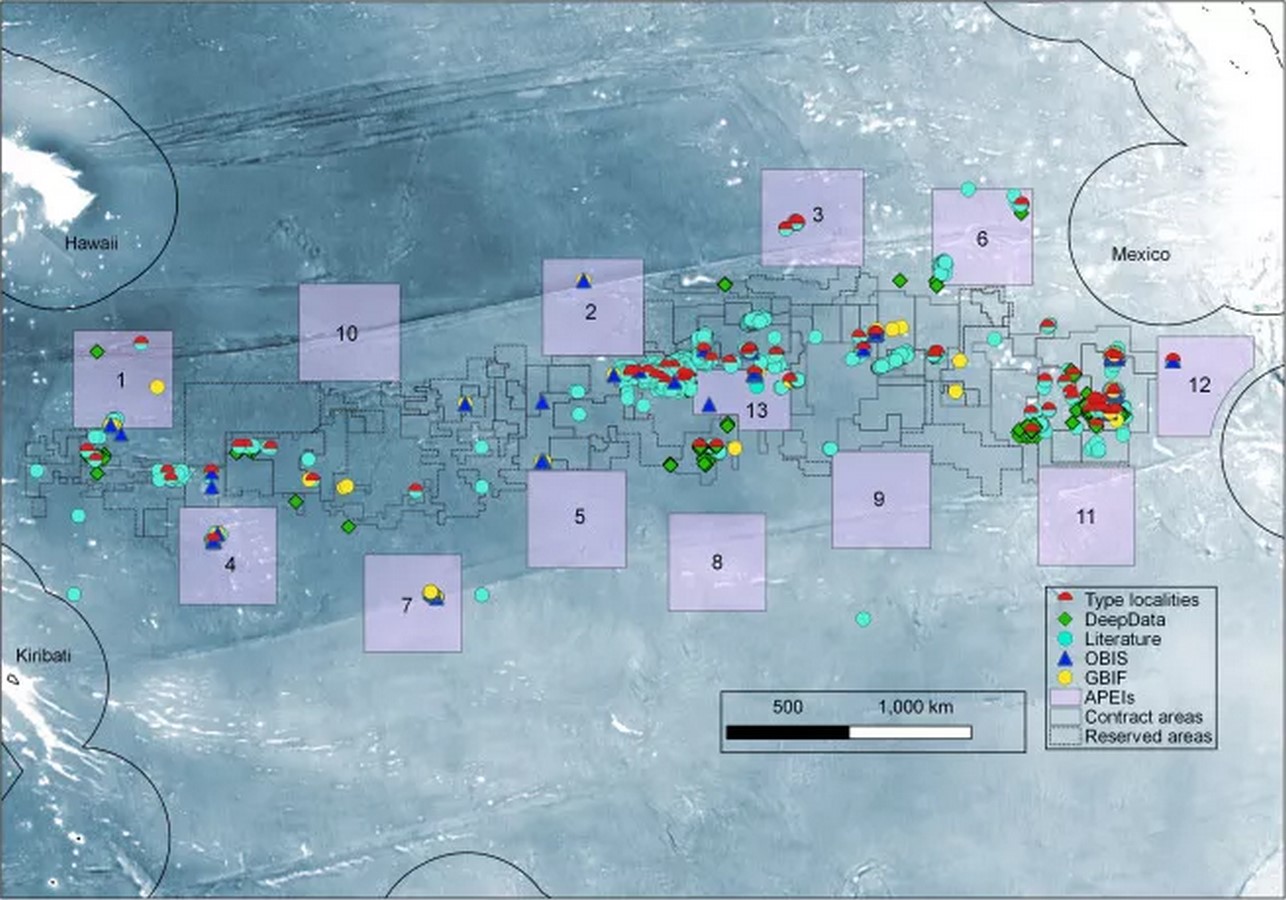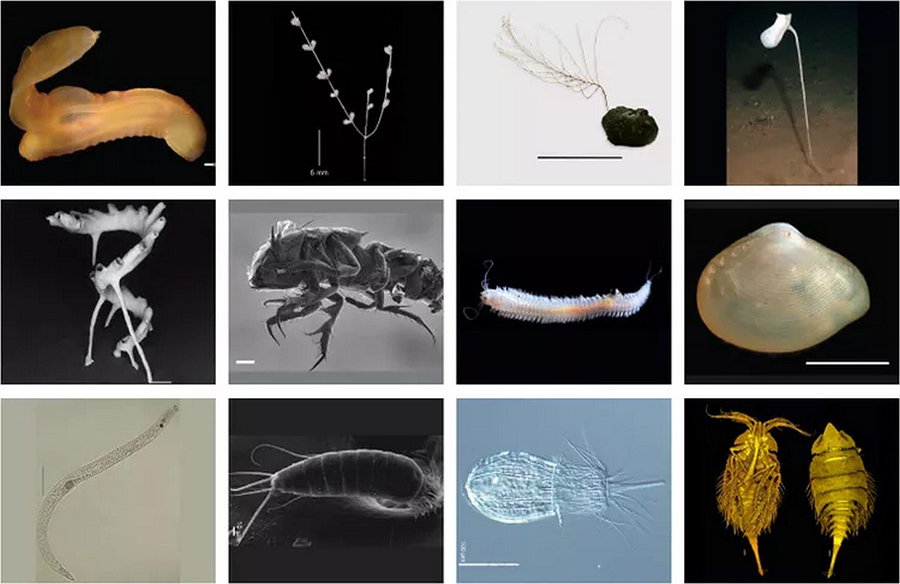In our relentless quest for natural resources, even the most remote and pristine environments are not immune to exploitation. With an increasing demand for metals like cobalt and nickel, the deep-sea habitats rich in minerals have become the new frontier for industrial mining endeavors. Despite their remote locations thousands of meters below the ocean surface, these seabed ecosystems are now under scrutiny for potential mining activities.
Unveiling the Clarion-Clipperton Zone
Stretching across the central and eastern Pacific Ocean, the Clarion-Clipperton Zone (CCZ) is a vast region covering approximately 2.3 million square miles—an area twice the size of India. Renowned for its mineral wealth, the CCZ is considered one of the most pristine wilderness regions in the global ocean. However, this untouched expanse has not been spared from human exploitation; it has already been earmarked for future deep-sea mining, with 17 contracts awarded for mineral exploration within the area.
Until recently, the biodiversity of the CCZ remained largely uncharted territory. However, a groundbreaking study has shed light on the astonishing array of life forms inhabiting this future mining hotspot. Published in the journal Current Biology, the study unveils a staggering 5,578 different species thriving in the region, with an estimated 88% to 92% of these species previously unknown to science.

Embracing Biodiversity in the Deep-Sea Realm
The comprehensive study, led by deep-sea ecologist Muriel Rabone from the Natural History Museum London, UK, analyzed over 100,000 records of organisms collected during deep-sea expeditions in the CCZ. The findings reveal a diverse ecosystem teeming with life, dominated by arthropods, worms, echinoderms, and sponges. Remarkably, only six of the newly discovered species have been encountered in other regions, underscoring the unique biodiversity of the CCZ.
The study emphasizes the urgent need for collaborative and multidisciplinary research efforts to deepen our understanding of the region’s biodiversity. Given the novelty of the CCZ at deep taxonomic levels, concerted research endeavors are essential to unraveling its ecological significance and ensuring its preservation amid impending human impacts.
Safeguarding the Future of the CCZ
As industrial interests encroach upon this pristine wilderness, safeguarding the future of the CCZ hinges upon comprehensive data and understanding of its ecological intricacies. The researchers emphasize the imperative of protecting this unique region and advocate for enhanced research initiatives to illuminate its biodiversity and ecological significance.
Amidst the looming specter of mining activities, the study underscores the urgency of studying these understudied habitats and preserving the wealth of species dwelling in the depths of the Clarion-Clipperton Zone. With concerted efforts, we can unlock the mysteries of this enigmatic realm and secure its future for generations to come.








